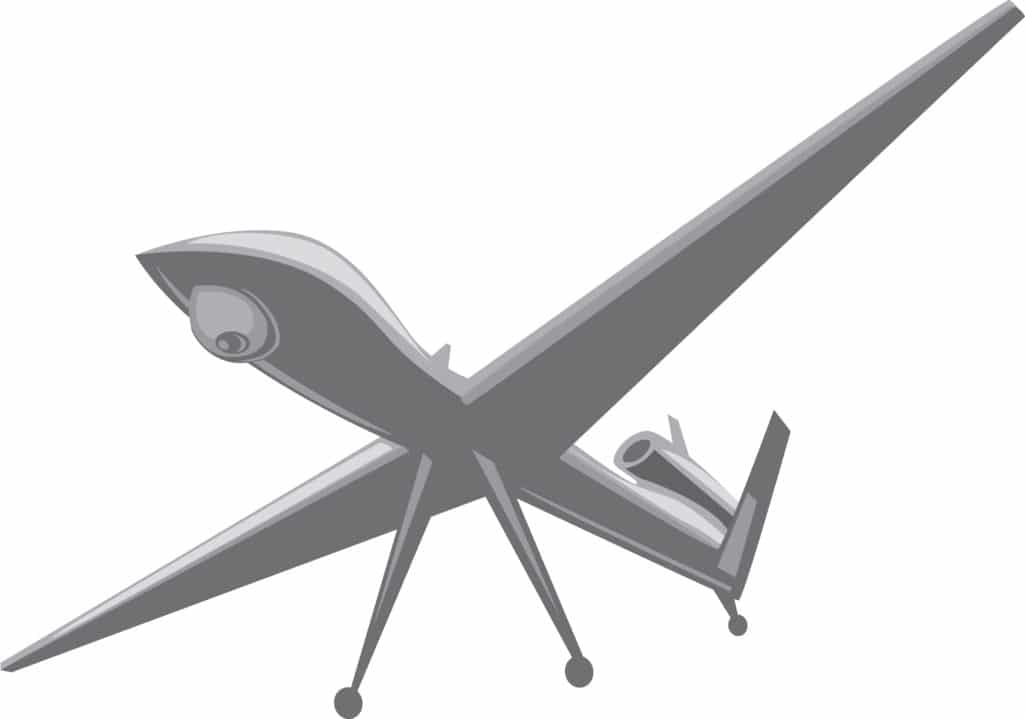While the use of drones is most often raised as a cautionary tale in the popular media, the commercial application of these aircraft has resulted in a rapidly expanding industry with diverse applications throughout Canada. According to Transport Canada, an estimated 193,500 drones are being flown in Canada, compared to only 37,000 “traditional” aircraft. The recreational drone community is estimated at 140,800 operators for 2018 with a projected increase to 225,500 operators by 2025. This rapid rise in numbers, combined with the limited skill and knowledge of many operators, has resulted in a number of dangerous incidents. As a result, Transport Canada recently published new regulations meant to create a “predictable and flexible regulatory environment conducive to long-term planning while reducing costly administrative burdens on businesses”. A benefit of the new regulations is ostensibly a reduction of the administrative burden on commercial operators of drones.
The new regulations will come into effect on June 1, 2019. In a move toward more gender-inclusive terminology, the regulations dispense with the terms “drones”, “unmanned aerial vehicles” and “unmanned air systems”. These aircraft are now referred to as “Remotely Piloted Aircraft Systems” (“RPAS”).
The new regulations govern two types of operations performed by RPAS with a maximum takeoff weight between 250 grams and 25 kilograms. “Basic operations” may be performed by individuals who are at least 14 years old and have successfully completed an online knowledge exam to obtain a pilot certificate. Basic operations must be conducted outside of controlled airspace, more than 30 metres away from people (measured both horizontally and at any altitude), and more than 3 nautical miles from an airport (or 1 nautical mile from a heliport). The RPAS must also be operated at an altitude of less than 400 feet.
“Advanced operations” may be performed by individuals who are least 16 years old, have successfully completed the online knowledge exam, and have completed a flight review with a Transport Canada approved training provider. Advanced operations may be conducted within controlled airspace (but only with air traffic control approval), between 30 metres and 5 metres away from people (measured both horizontally and at any altitude), over people (less than 5 metres away), and within 3 nautical miles from an airport (or 1 nautical mile from a heliport). There is a ceiling of 400 feet for advanced operations as well.
Any other operations of an RPAS that do not fall under the category of “basic operations” or “advanced operations” cannot be undertaken unless the operator has applied for and has been granted a Special Flight Operations Certificate (“SFOC”). An example of this type of operation are flights at an “advertised event” (defined as an outdoor event that is advertised to the general public, including a concert, festival, market or sporting event). Operation of an RPAS that weights more than 25 kilograms and operations above an altitude of 400 feet also require an SFOC.
The new regulations will also prohibit operations over or within a security perimeter established by a public authority in response to an emergency, with limited exceptions. Owners of RPASs will now be required to register their aircraft with Transport Canada and they must label their RPAS in a clearly visible manner with a unique registration number. In addition, manufacturers of RPAS that are conducting advanced operations must provide a declaration to Transport Canada confirming that the RPAS meets Transport Canada Safety Standard 922. This Standard includes minimum requirements for lateral position accuracy, altitude accuracy.
Interestingly, the current requirement that each RPAS owner purchase liability insurance coverage with a limit of at least $100,000 CAD has been removed in the new regulations. This was purportedly because of concerns with the cost of insurance and the lack of availability of insurance products covering the operation of RPAS.
This removal of the liability insurance requirement is a concerning development, particularly when one considers the risks of liability in the event of RPAS mishaps and accidents. In recent litigation resulting from injuries to a wedding guest caused by a photographer’s drone (Philadelphia Indemnity Insurance Company v. Hollycal Production, Inc. (United States District Court, California), the photographer had purchased a commercial insurance policy, but the policy excluded coverage for injury arising out of the use of any aircraft (we note that most homeowner policies also exclude coverage for aircraft). The wedding guest allegedly suffered a serious injury to her eye resulting in loss of sight. Accordingly, it appears that the photographer will be in the unfortunate position of being exposed to legal costs and the risk of legal liability for the wedding guest’s proven injuries.
With the new regulations coming into effect on June 1, 2019, RPAS operators and manufacturers should take steps now to ensure a smooth transition to compliance with the new requirements.




